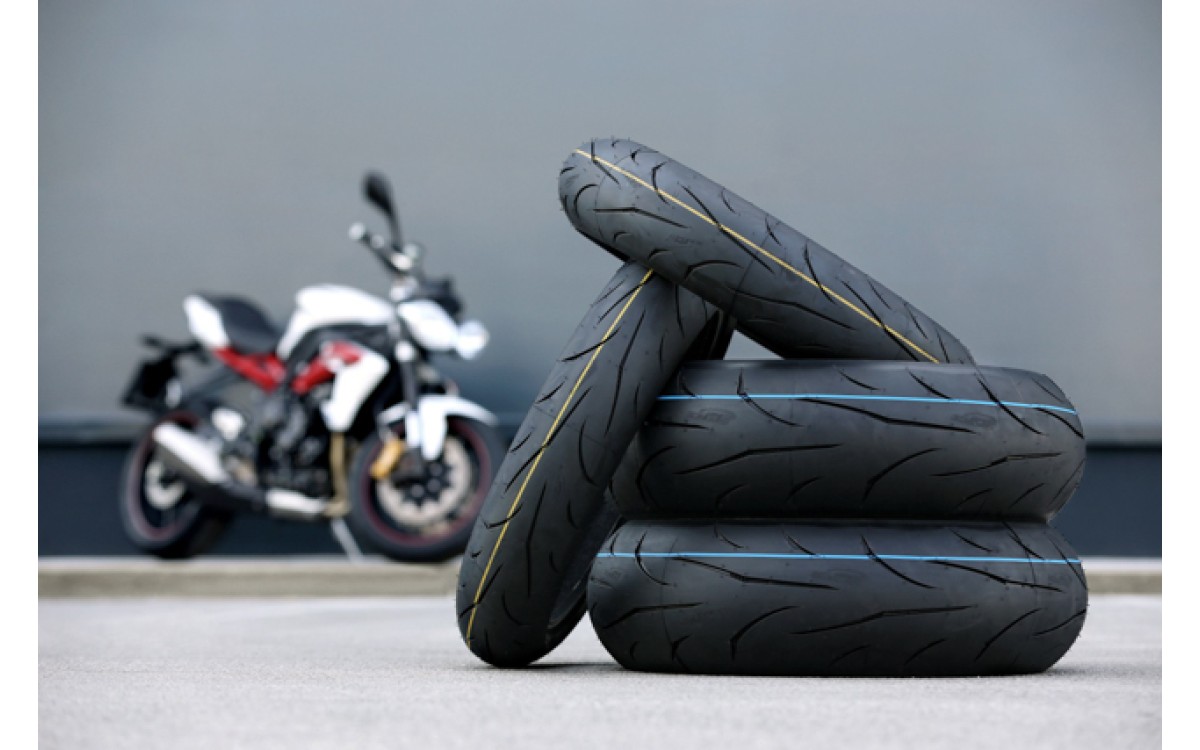Here are five tips to keep your tyres in good condition so that you continue to ride safely.
1. Be patient and break them in properly
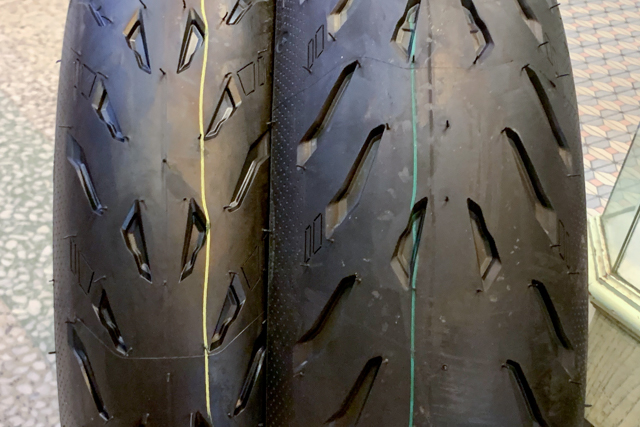
Tyre care starts from the moment you install a set of new tyres. Take it easy for the first 300 to 500 km, or all the way to between 800 to 1000 km to be safe.
Pushing on a new tyre will bear disastrous results as most new tyres are coated with mold release. We need to scrub away the shiny surface.
Secondly, breaking in the tyre gently and progressively lets the different components and compounds in the tyretime to stabilize.Tyres are made from tens, if not hundreds, of different compounds and they need heat (generated from riding) to “cook” them.
Being too quick to push on the tyres results in the compound hardening even before it reaches its halfway point. This is the main reason why some riders complain about their tyres when they start to wear. Tyres have “memories” of you treated them when they were new.
2. Take the pressure!
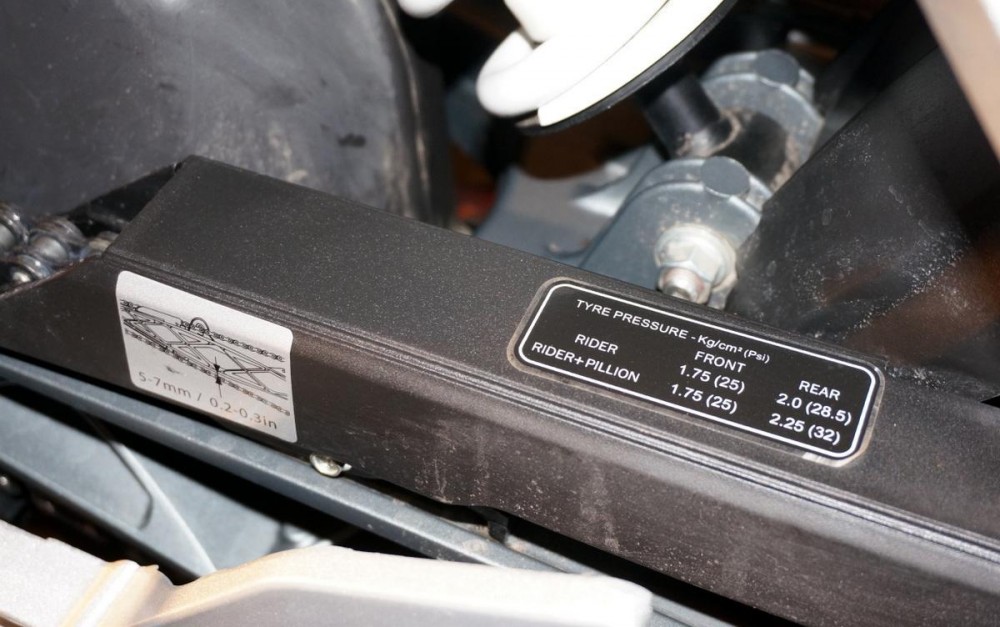
The most important aspect of tyre care is inflation pressure, even if everything else is ignored.If you ride exclusively on the road without hitting the track or riding offroad, just stick your motorcycle manufacturer’s recommendations.
Under-inflation causes the tyre to overheat and wear out quickly.Additionally, it results higher fuel consumption and sluggish handling due to increased rolling resistance. On the other hand, over-inflation wears out the centre of the tyre quickly. Besides that, traction and comfort will suffer as the tyre could not conform and absorb irregularities on the road surface.
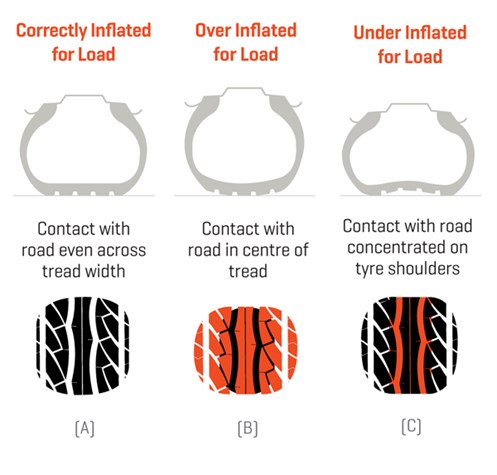
Granted, different tyres have different constructions, thus they feel different from one another: Some are harder, while some are softer. But the recommended tyre pressures are what the manufacturer deems as necessary to support the weight and performance envelope of the bike. You may of course increase the pressure should you carry heavy loads, but do so within the recommended spec.
The best way is to buy yourself a few good tyre pressure gauges so you can leave one at home will carry another with you on the bike. The correct habit is to check the pressure everytime before you ride, but once every two to three days is fine too. Do check the pressure and inflate when the tyres are cold.
3. Inspect the tyres
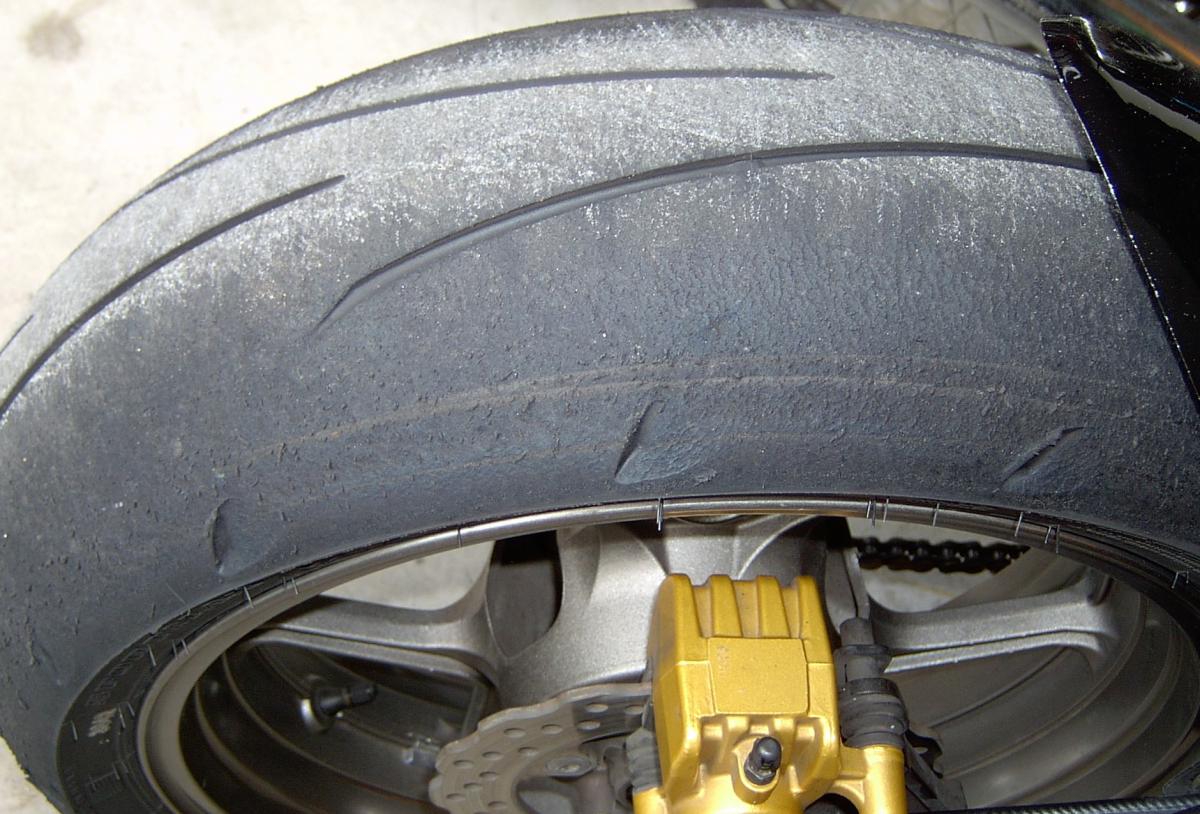
This should ideally be carried out everytime before you ride, at the same time you check the pressure.Look for punctures, foreign objects, cracks or unusual wear patterns. They must be dealt with immediately.
Checking a bike’s tyres are so much easier than you would of a car’s so there is no excuse not to.
4. Cleaning the tyres
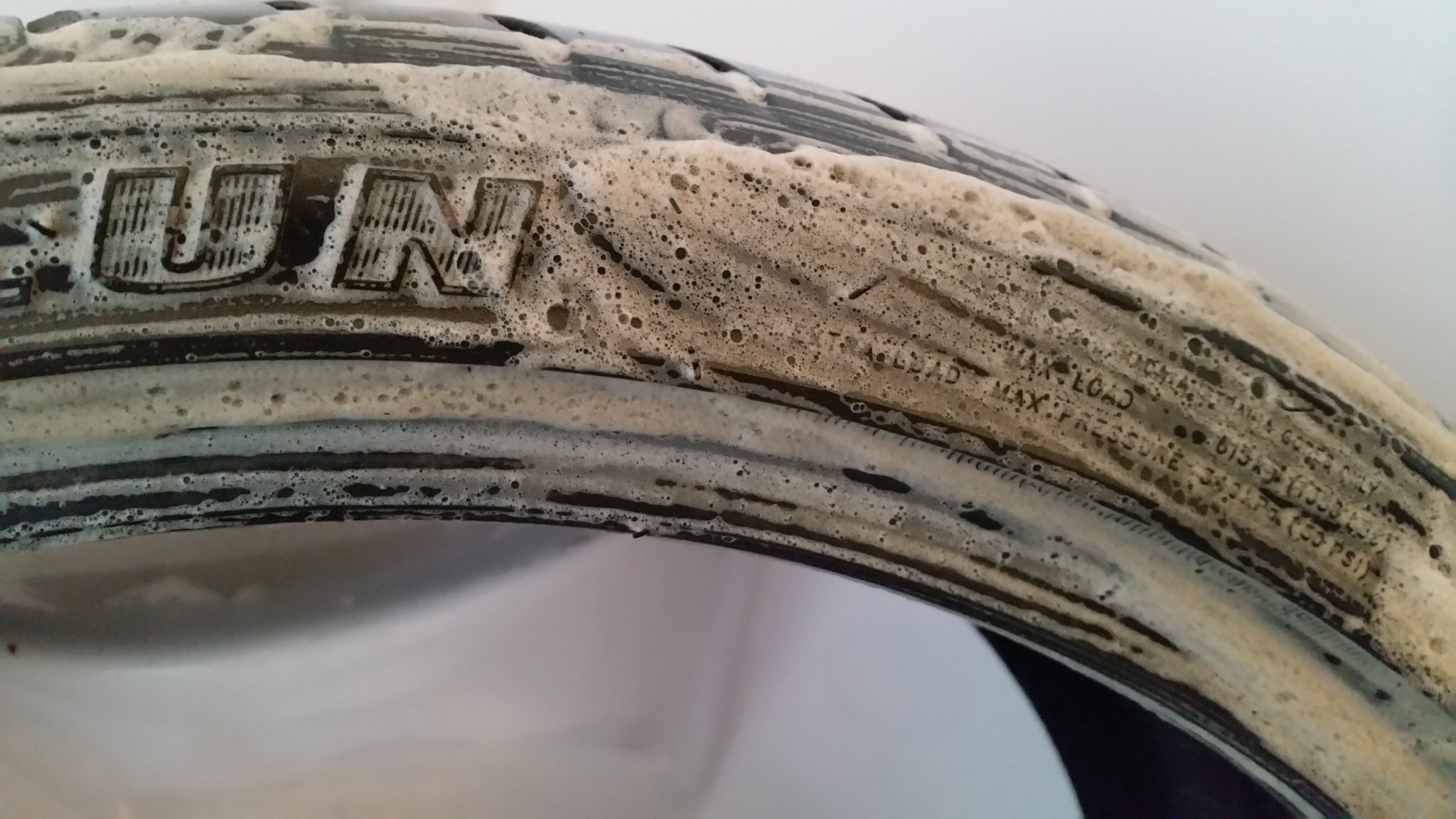
What we meant by “cleaning” is getting the gunk off the tyres’sidewalls. You do not need to clean the tread (centre portion) as dirt will be scrubbed off when you ride.
Cleaning your bike’s tyres allows you to spot deformities and damages. But do clean them with specific tyre cleaner products. Do not use harsh solvents such as petrol, kerosene or diesel, as they will cause the rubber to harden. Consequently, your tyres will not grip like they should.
Take care after cleaning and scrub off the cleaning product by leaning into cornersprogressively.
5. Puncture repair
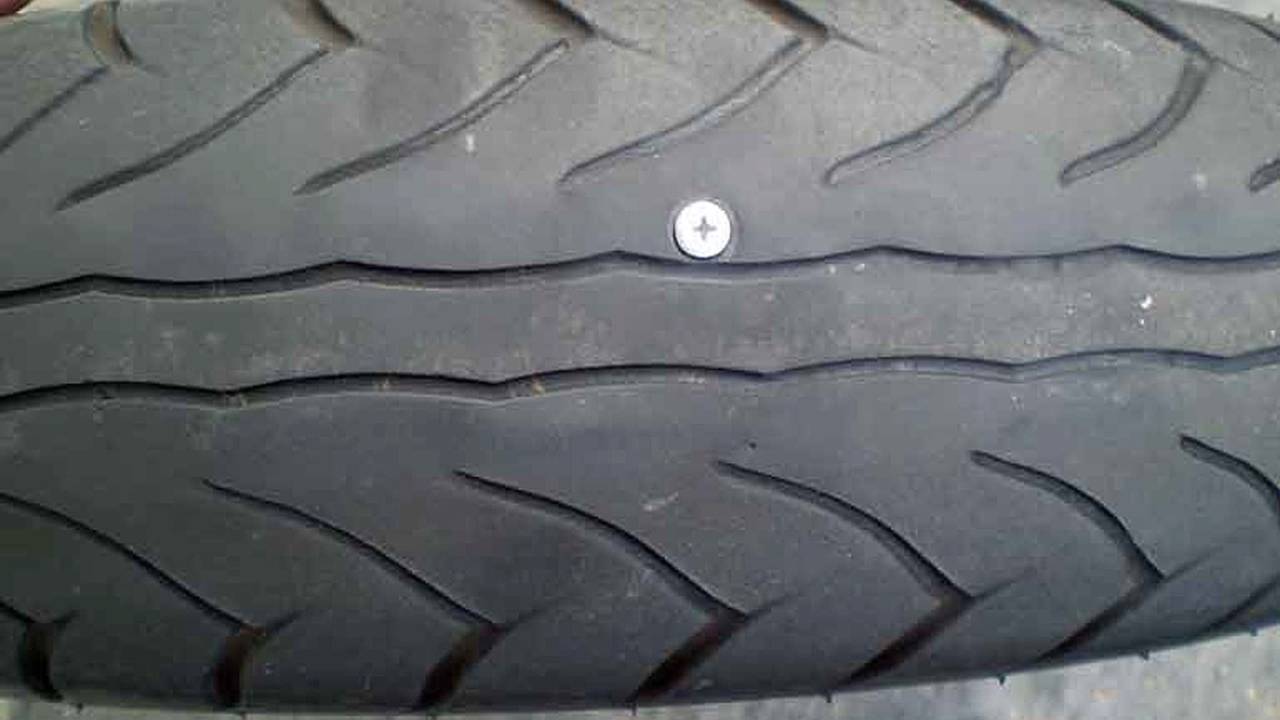
The best fix for a punctured tubeless tyre is to replace the tyre altogether. This is because the object which poked through would have cut through the sections that give the tyre its shape, strength, performance and safety.
But we understand that most of us choose to repair that puncture, instead.
If you have tubeless tyres, it is best to visit a reputable workshop and have them remove the tyre and patch the tyre from the inside. Keep in mind that using a puncture repair kit (or “cacing” as it is commonly called) is a temporary measure to help you ride to the nearest workshop. It should not be left in place for the entire lifespan of the tyre.
There is no other way to repair a punctured tube other than to remove it from within the tyre. Better yet, replace it with a new one.
Conclusion
So, there you go, just five simple tips to ensure that your tyres last their intendedlifepans. Remember that keeping your tyres in good condition not only provides you with maximum enjoyment and saves you money, but also ensures your safety.

